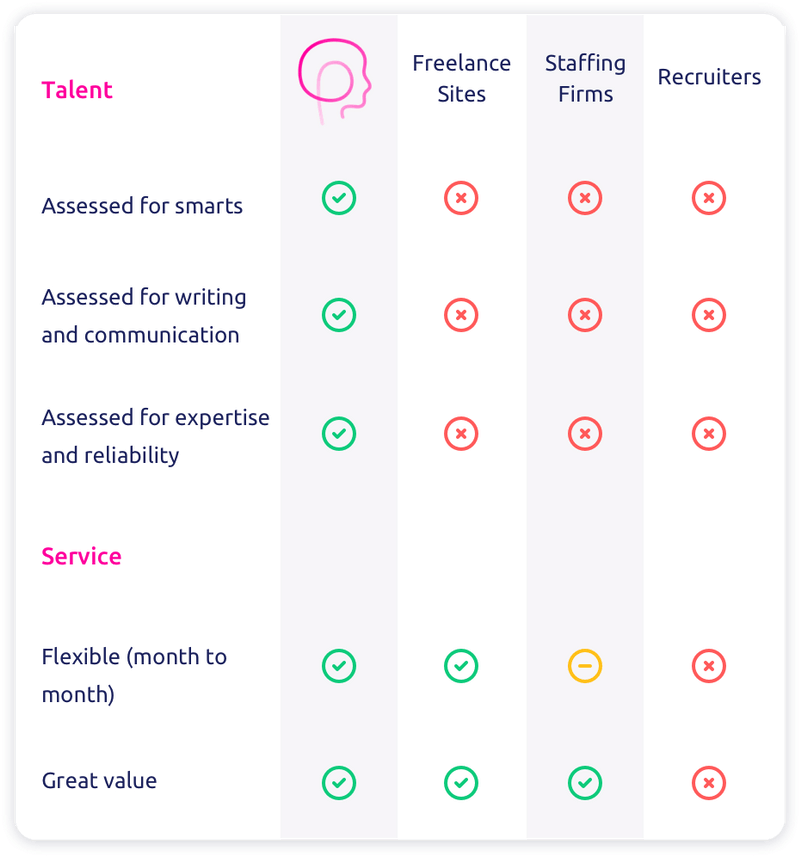What Is Workforce Management?
Workforce Management (WFM) is a set of processes and systems that organizations use to effectively manage their workforce. This includes activities such as scheduling, forecasting, tracking attendance, and managing time off requests. The goal of WFM is to ensure that the right people are in the right place at the right time, with the right skills and resources to meet the needs of the organization.
WFM is a critical aspect of any organization that relies on a large and diverse workforce to deliver products or services. It helps organizations to optimize their resources, reduce costs, and improve efficiency. By using data-driven insights and automation tools, WFM can help organizations to make informed decisions about their workforce, and ensure that they are able to meet the demands of their customers.
Examples of WFM tools include scheduling software, time and attendance tracking systems, and workforce analytics platforms. These tools can help organizations to automate many of their workforce management processes, and provide real-time insights into workforce performance and productivity.
What is workforce management?
Workforce management is the process of optimizing employee productivity and efficiency in an organization. It involves forecasting labor requirements, scheduling employees, tracking time and attendance, managing payroll, and analyzing performance data to improve workforce productivity.
How does workforce management benefit organizations?
Effective workforce management can lead to increased productivity, reduced labor costs, improved employee satisfaction, and better customer service. By optimizing employee schedules and ensuring adequate staffing levels, organizations can improve operational efficiency and reduce the risk of understaffing or overstaffing.
Workforce Management Dos And Donts
Dos
- Do identify and prioritize key skills and competencies required for each job role.
- Do align workforce planning with business strategy and objectives.
- Do use data and analytics to forecast and anticipate workforce needs.
- Do regularly assess and update employee skills and training to meet changing business needs.
- Do establish clear performance metrics and goals for employees.
Donts
- Don’t rely solely on recruitment and hiring to solve workforce challenges.
- Don’t ignore the impact of turnover on workforce planning.
- Don’t overlook the importance of employee engagement and retention.
- Don’t make assumptions about employee development and training needs.
- Don’t forget to regularly review and update workforce management plans.

